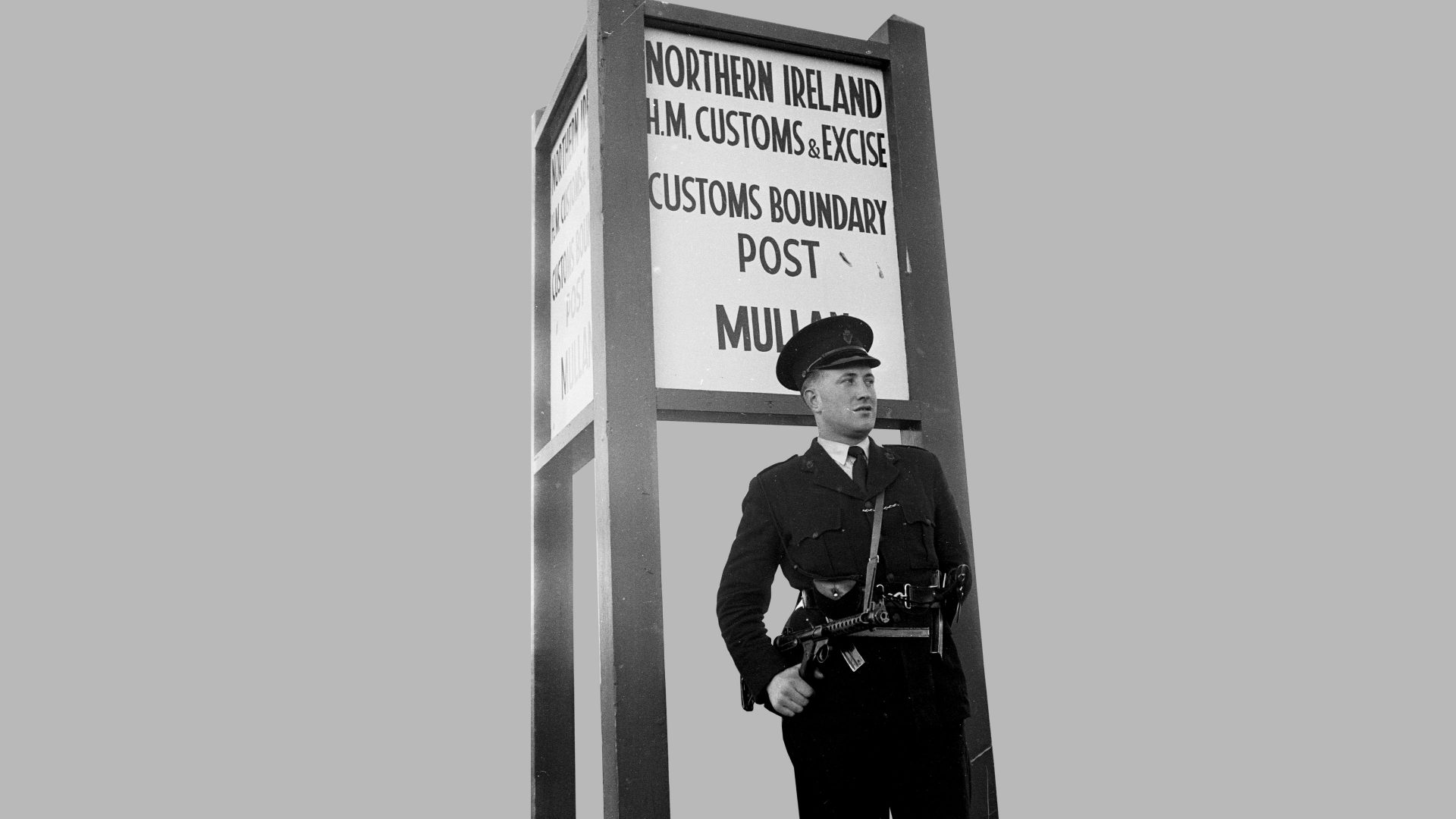Those who claim, in relation to the Northern Ireland Protocol that was negotiated, signed and ratified by the UK and the EU, that it is unacceptable and unprecedented for a country to have border checks within its territory, and for part of its territory to be effectively in a customs union with another country or countries, would do well to look at the many similar situations that exist or have existed across Europe.
One of the most striking is the situation of the Pays de Gex, part of France adjacent to the Swiss city of Geneva. Although French, the Pays de Gex has only two roads connecting it to the rest of France, winding through the Jura mountains. By contrast, it has numerous roads and byways going across the border to Switzerland, a somewhat arbitrary frontier set by the Congress of Vienna in 1815, which zigzags through fields, vineyards and villages in the vicinity of Geneva. It was totally impractical to manage effective border controls along this border. It was also an important commercial interest for the inhabitants of the Pays de Gex to have tariff free trade with Switzerland, enabling them to sell their agricultural and other products, notably in Geneva. The border controls were therefore set between the Pays de Gex and the rest of France with two checkpoints on the aforementioned roads. The whole Gex area was treated as part of the Swiss customs area. The parallels with Northern Ireland’s situation are striking.
But where it gets really interesting is that France unilaterally revoked this status in 1923, after the Swiss rejected French proposals to end it. Switzerland then took the matter to the International Court of Justice in The Hague, which ruled that France could not unilaterally revoke arrangements set out in an international treaty (the Treaty of Paris of 1815). France was obliged to back down and re-establish the previously agreed arrangements, which exist to this day. Unilaterally tearing up the treaty didn’t work – surely a lesson that Britain should heed.
What has changed for the Pays de Gex since then, is that the need for any border controls has pretty much disappeared thanks to the trade agreements between the EU and Switzerland. Switzerland’s effective participation in the single European market has had many benefits, including the removal of many remaining border formalities. Again, a potential lesson for the UK.
The Pays de Gex is far from being the only place where the customs border does not follow the national border. Similar situations exist elsewhere in Europe.
Not far away, a similar, albeit territorially smaller, arrangement was set up to the south of Geneva (called the “Zone Sarde”, as it was previously part of Sardinia-Savoy), and at St Gingolph at the other end of Lake Geneva – both French territories but which were effectively made part of Swiss customs territory.
Samnaun is a Swiss village that until recently could only be reached by road from Austria, so it was excluded from Swiss customs territory. A special status remains to this day, even though a road to the rest of Switzerland has since been built.
Similar arrangements used to be in place for the Kleinwalsertal, an Austrian valley that could only be reached by road from Germany, and for Jungholz, an Austrian village in a similar situation. In 1891 and 1868 respectively, they each became part of German customs territory. Special arrangements ceased as no longer necessary when Austria joined the EU in 1995.
The Spanish cities of Ceuta and Melilla, which are located on the north African coast, are excluded from the EU (and therefore Spanish) customs area. Some (though not all) of the French overseas territories that are part of France also do not belong to the EU customs area. The same applies to the Dutch Caribbean territories and to the (formerly British) German island of Heligoland in the North Sea. The Faroe Islands, part of Denmark, are also outside the EU customs territory.
Conversely, Monaco, outside the EU, is part of the EU customs area. So, interestingly, are the British Overseas Territories of Akrotiri and Dhekelia (with their UK Sovereign Base Areas) on Cyprus.
The German exclave of Büsingen and the Italian exclave of Campione – both surrounded by Swiss territory, are part of the Swiss customs territory, the former by treaty between Switzerland and Germany, the latter de facto.
Livigno, in Italy, is slightly different, albeit similar. Although it is now a well-known ski resort, it was historically so isolated from the rest of Italy, that it was given special tax privileges, some of which remain to this day. It is located in a valley that goes down into Switzerland, to which two roads link it, whereas the route to the rest of Italy goes over the high Foscagno pass (at 2,291 metres of altitude) which, until 1952, was closed in winter. It is on the pass that Italian customs maintain their checkpoint staffed by officers of the Italian Guardia di Finanza.
So, there have been, and still are, plenty of examples besides Northern Ireland of territories that are part of one country but which count for customs purposes as part of another country’s or countries’ customs area. It is not so unusual. It is a well-used practical solution to intricate geographical challenges. Nowhere is this seen as an affront to sovereignty or national dignity. The indignation of the DUP and the ERG ultra Brexiteers about the Northern Ireland situation is contrived and unjustified.
Richard Corbett, the former MEP for Yorkshire & Humber,was the last leader of the Labour MEPs









